Last updated on
Discover the surprising duration of lice survival on your couch and learn effective ways to eliminate them for a cleaner, itch-free living space.
It’s a common misconception that lice only live on human heads, but the truth is they can survive for up to 48 hours on other surfaces like clothing, bedding, and even couches. If you or someone in your household has recently dealt with a lice infestation, it’s important to know how long these pesky bugs can stick around on your furniture.
In this article, we’ll dive into the details of how long lice can live on a couch and what steps you can take to ensure your home is free from these unwelcome guests. So grab a cup of coffee and let’s get started!
Key takeaways:
- Lice can survive for up to 48 hours on couches.
- Adult head lice can live for up to 30 days on a human host.
- Nits (lice eggs) can hatch in about 7-10 days and take another week to mature.
- Lice cannot jump or fly, but they can crawl onto furniture from a human host.
- Regular cleaning, vacuuming, and laundering can help prevent and eliminate lice infestations on couches.
Table of Contents
Lice Lifespan
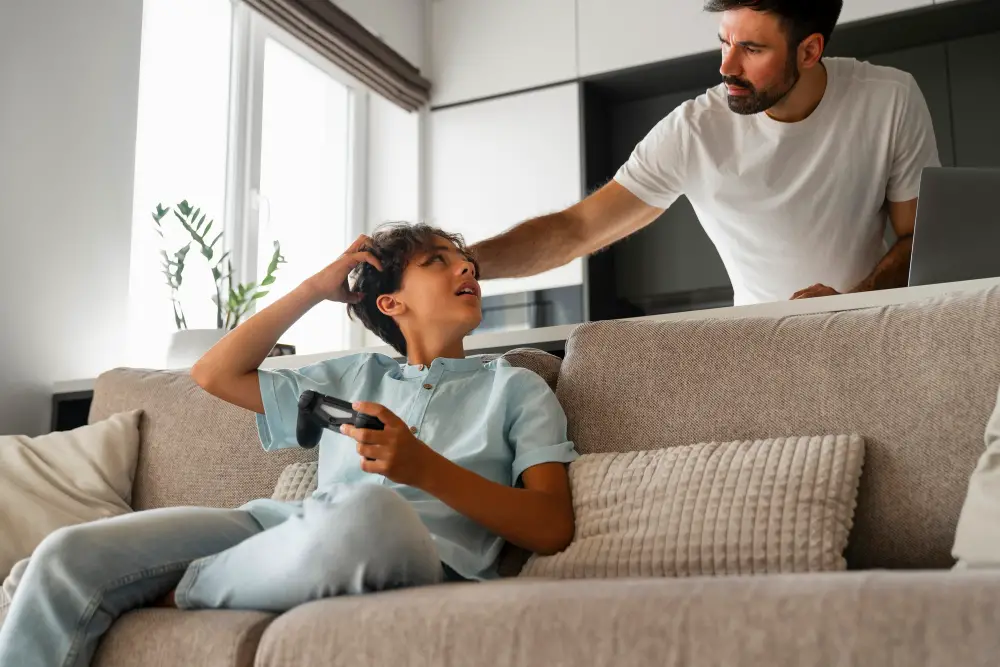
Before we dive into how long lice can survive on a couch, let’s first understand the lifespan of these tiny insects. Adult head lice can live up to 30 days on a human host and lay around six eggs per day.
These eggs, also known as nits, hatch in about seven to ten days and take another week or so to mature into adult lice themselves.
Once off their human host, adult head lice have a much shorter lifespan of only one or two days without access to blood for feeding. However, as mentioned earlier, they can still survive for up to 48 hours on other surfaces like furniture.
It’s important to note that while head lice cannot fly or jump from person-to-person like fleas do with pets; they are highly contagious through direct contact with an infested person’s hair or personal items such as hats and combs.
Lice Vs Nits
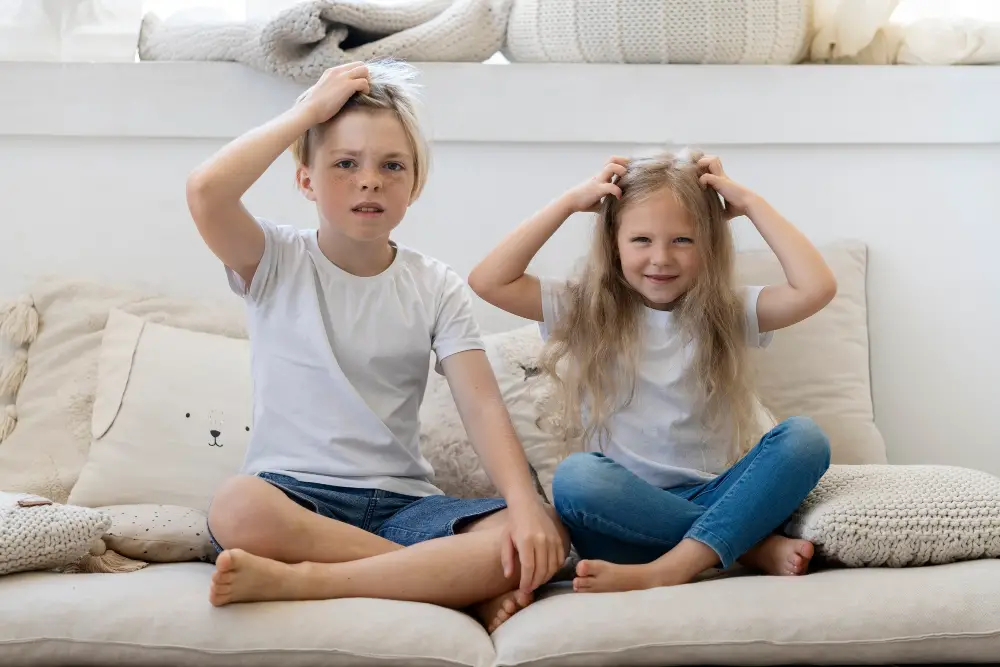
Lice refer to the adult bugs that live on human heads and feed on blood. Nits, on the other hand, are lice eggs that attach themselves to hair shafts close to the scalp.
It’s important to understand this difference because while lice can be easily seen crawling around in hair or furniture, nits can be much harder to detect as they blend in with hair strands. If left untreated, nits will hatch into new lice within 7-10 days.
When it comes to couches specifically, it’s unlikely for adult lice or even nymphs (young louse)to lay their eggs directly onto furniture since they require a warm environment close enough for them access food from your scalp; however if someone who has headlice lays down or rests their head against a cushioned surface like a couch then there is potential risk of transferring some of these pests onto your upholstery which could lead an infestation over time.
Head Lice Life Cycle
Understanding this life cycle is crucial in effectively treating and preventing lice infestations on your couch or other surfaces.
The first stage of head lice development is when they lay their eggs, which are small white ovals attached to hair shafts near the scalp. These nits hatch after about 7-10 days into nymphs, which look like smaller versions of adult head lice but are not yet sexually mature.
Nymphs go through three molts over 9-12 days before reaching adulthood. Adult head lice can live for up to 30 days on a human host and require blood meals several times per day to survive.
It’s important to note that while adult female headlice lay around six eggs per day during their lifespan, these nits cannot hatch off-host; they need warmth from body heat for incubation. However, if an infested person rests his/her/their heads against furniture such as couches or pillows with viable nits still attached in their hair strands – there’s always potential for re-infestation even after treatment has been done thoroughly!
Common Lice Myths
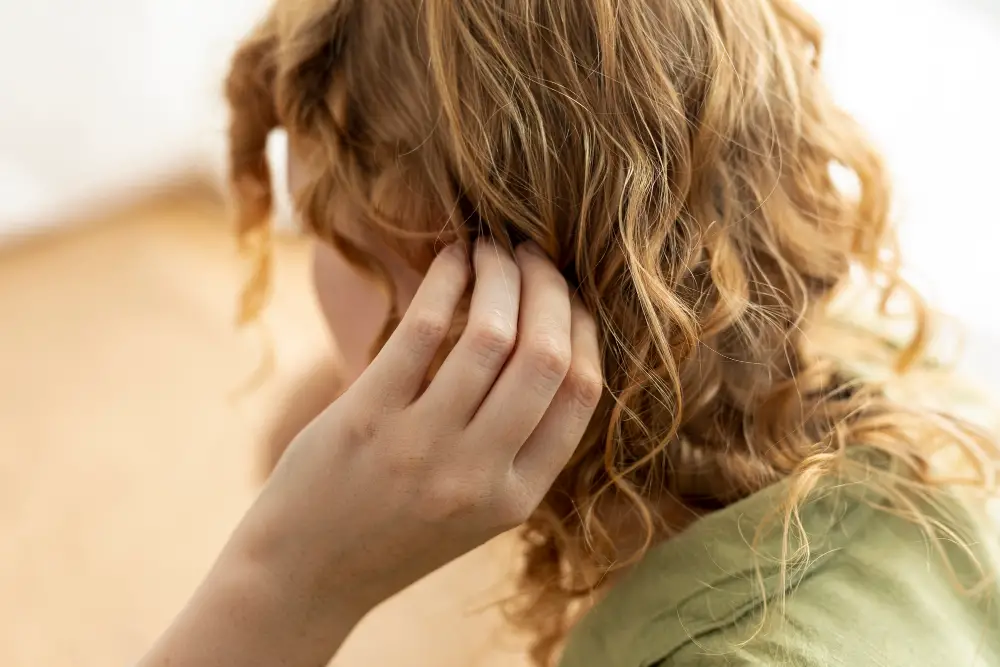
One of the most common myths is that lice only affect people who don’t practice good hygiene. In reality, anyone can get lice, regardless of how clean their hair or home may be.
Another myth is that you need to throw away all your furniture if you have a lice infestation. While it’s true that these bugs can survive on couches and other surfaces for up to two days, there are effective ways to eliminate them without resorting to extreme measures.
It’s also important not to confuse head lice with body or pubic lice. Headlice live exclusively on the scalp while body and pubiclice inhabit different parts of the human body.
Detecting Lice On Couches

The first step is to detect whether or not there are actually lice present on the furniture. One of the easiest ways to do this is by using a fine-toothed comb and running it through any areas where someone with lice may have sat or laid down.
Another method for detecting lice on couches is by using a flashlight and inspecting the seams, crevices, and folds of the furniture. Look for small brownish bugs about 2-3mm in size that move quickly when exposed to light.
It’s also worth noting that while adult head lice can be seen with the naked eye, nits (lice eggs) are much smaller and harder to spot without magnification. If you find nits attached firmly at an angle near hair roots around your scalp area then chances are high they might be present on other surfaces as well including your couches.
Identifying Lice On Furniture

There are a few telltale signs of lice infestation on furniture that you should look out for. One of the most obvious indicators is seeing live lice crawling around on your couch or other upholstered surfaces.
Another sign to watch for is small white or yellowish eggs (nits) attached to individual fibers in the fabric. These nits may also be found stuck onto seams and crevices in your furniture.
If you suspect a lice infestation but aren’t sure what you’re looking at, try using a magnifying glass or flashlight to get a closer look at any suspicious spots. You can also use sticky tape as an adhesive surface and press it against areas where you think there might be nits or bugs present.
Remember that identifying lice early is key when it comes to preventing further spread throughout your home and family members.
How Lice Infest the Couch
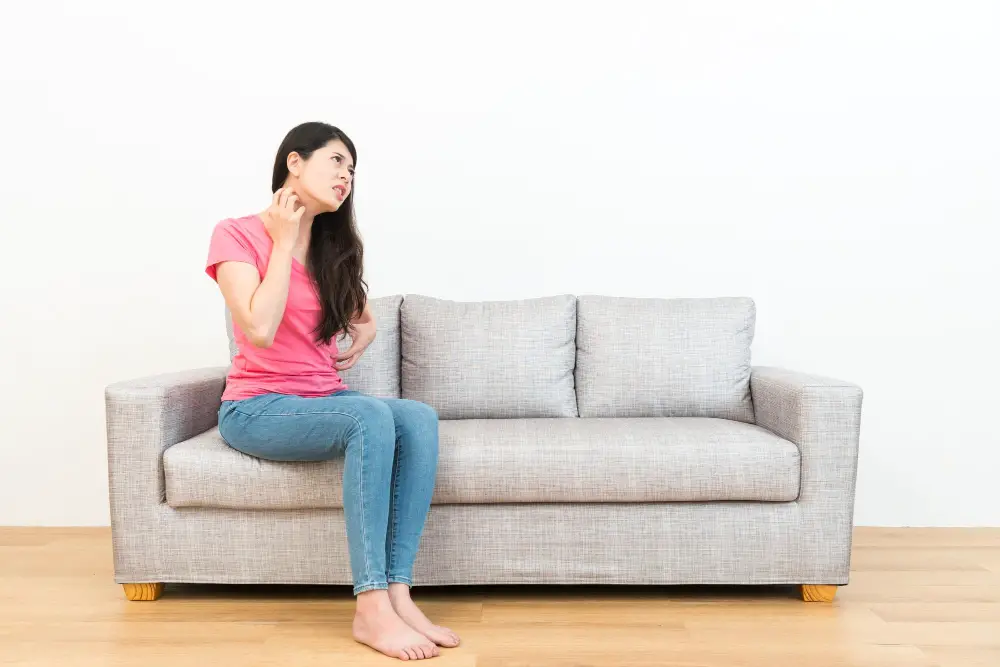
The bugs can crawl from the person’s hair onto the furniture, where they will continue to survive and potentially spread to others who come into contact with the same surface. Lice are attracted to warmth and human scent, so a couch that is frequently used by multiple people is at higher risk of becoming a breeding ground for these tiny parasites.
It’s important to note that lice cannot jump or fly like other insects such as fleas. They rely solely on crawling from one host (human) to another or onto objects in close proximity such as clothing, bedding, hats and yes – even your beloved sofa!
Factors Affecting Lice Survival
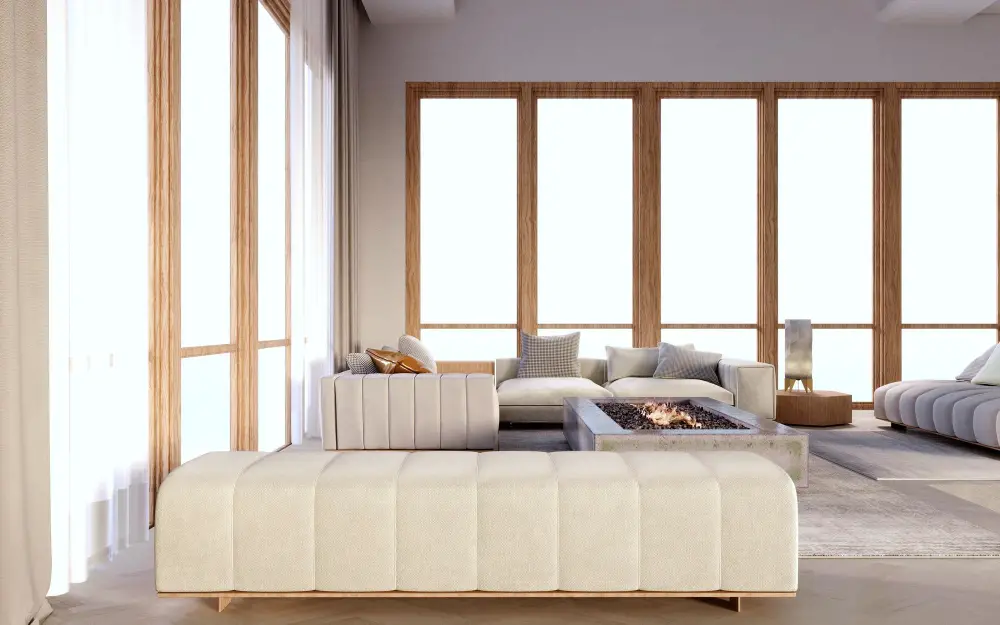
One of the most significant is temperature, as lice thrive in warm environments and are less likely to survive in colder temperatures. Humidity levels also play a role, with higher humidity providing an ideal environment for lice survival.
Another factor that affects the lifespan of lice on furniture is their ability to find food sources. Lice feed exclusively on human blood, so if there are no humans around to provide them with nourishment, they will not be able to survive for very long.
The type of fabric or material used in your couch can also impact how long lice live on it. Porous materials like upholstery and carpeting tend to trap more dirt and debris than non-porous surfaces like leather or vinyl which makes it easier for nits (lice eggs)to attach themselves onto these surfaces.
Lice Survival Time On Couches
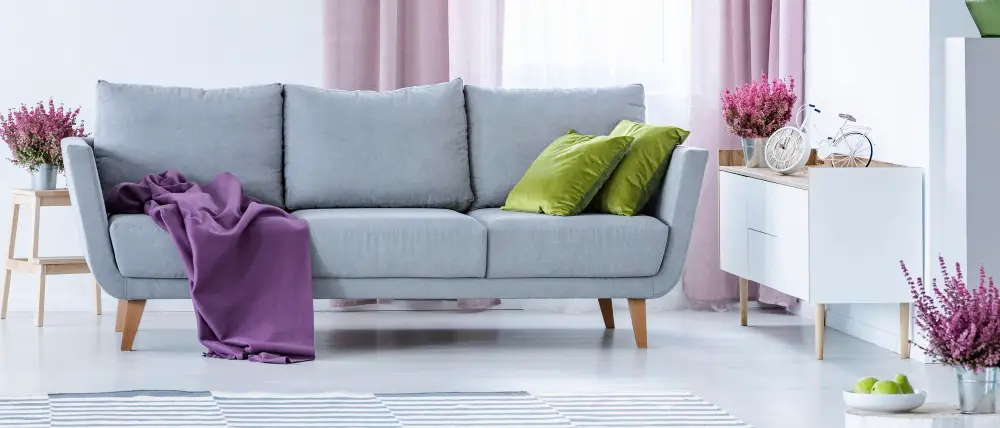
Once they’re there, they can continue to live and breed until you take action to remove them. The survival time of lice depends on several factors such as temperature and humidity levels in your home.
Lice prefer warm environments with high humidity levels because it helps them stay hydrated and prolongs their lifespan.
It’s important to note that while lice may be able to survive for up two days without a host, they cannot reproduce or lay eggs during this time period. However, if left untreated beyond 48 hours after leaving their human host’s head (or other body parts), adult female louse may start laying eggs again once back in contact with hair.
Preventing Lice Infestations

The best way to do this is by avoiding direct head-to-head contact with people who have lice and not sharing personal items like combs, brushes, hats or scarves. If someone in your household has been diagnosed with lice, make sure they receive treatment right away and avoid using their bedding or clothing until it has been washed thoroughly.
Another effective prevention method is regular cleaning of your home environment. Vacuuming carpets and upholstery regularly can help remove any stray hairs that may contain nits (lice eggs) before they hatch into full-grown bugs.
Washing bed linens frequently at high temperatures will kill any potential louse colonies.
It’s also essential to educate yourself about common myths surrounding head lice so you don’t fall prey to misinformation that could lead you down the wrong path when trying to prevent an infestation from occurring.
How to Prevent Lice On Couches
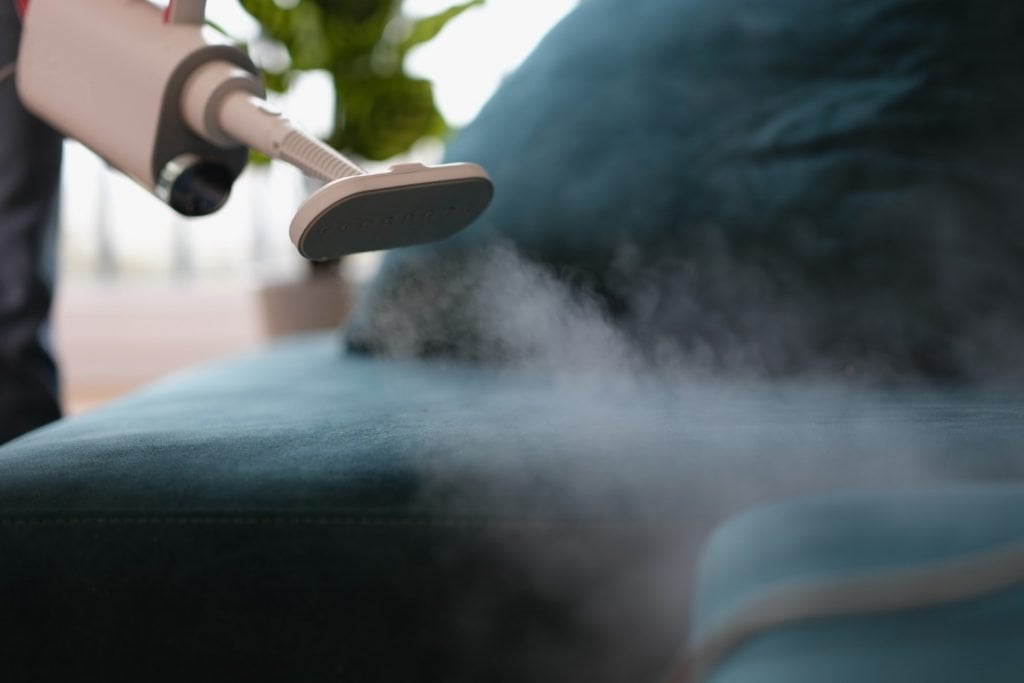
Here are some simple steps you can take to keep lice away from your couch:
- Avoid sharing personal items like combs, brushes, hats or scarves with others.
- Encourage family members and guests to avoid lying down or resting their heads on the couch.
- Use a protective cover for the sofa cushions if someone in your household has an active case of head lice.
- Regularly vacuum and steam clean all surfaces of the couch including crevices where eggs may be hiding.
Lice Prevention Tips
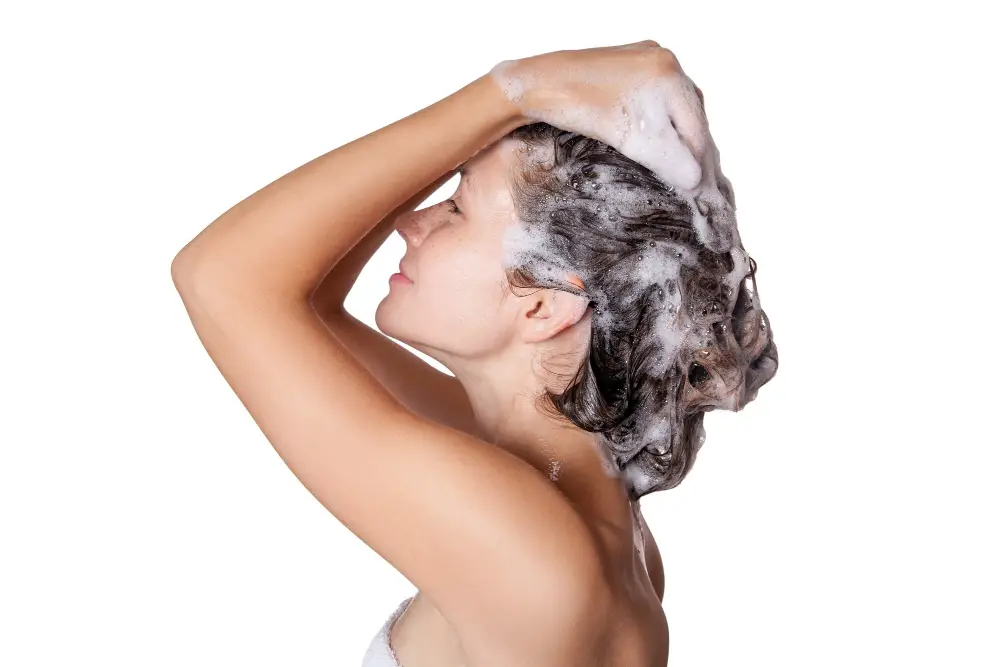
Here are some tips to help you prevent lice on couches and other furniture:
- Avoid sharing personal items like combs, brushes, hats, and headphones.
- Teach children not to share clothing or bedding with others.
- Encourage regular hair washing and combing with a fine-toothed comb.
- Keep long hair tied back in braids or ponytails when possible.
- Check family members for lice regularly if there has been an outbreak at school or daycare.
Cleaning Couches After Lice
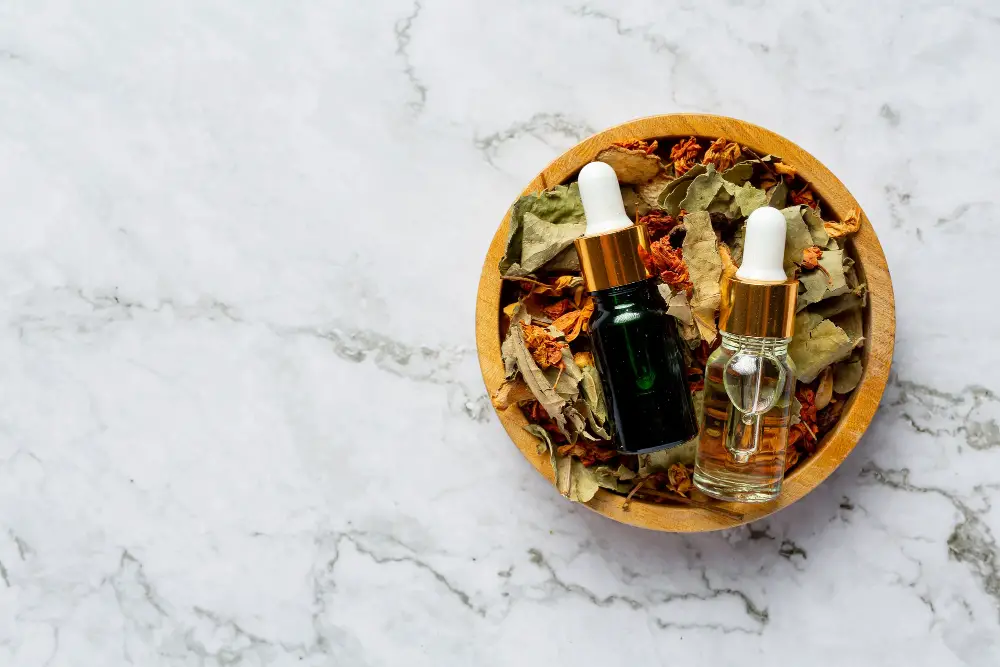
The first step is to remove any visible bugs or nits from the surface of the couch using a fine-toothed comb or tweezers. Next, vacuum the entire surface of the couch thoroughly, paying special attention to seams and crevices where lice may hide.
After vacuuming, steam cleaning can be an effective way to kill any remaining lice and their eggs. Use a handheld steamer with a high-temperature setting and slowly move it over every inch of your furniture for at least 30 seconds per area.
If you’re unable or unwilling to use chemical treatments on your furniture after detecting lice infestation, there are natural remedies that can help eliminate these pests as well. Essential oils like tea tree oil have been shown in studies as having insecticidal properties against headlice when used in combination with other essential oils such as lavender oil.
Finally launder all removable covers including cushion covers at high temperatures (at least 130°F) if possible; otherwise dry clean them professionally before putting them back onto your sofa again.
Vacuuming and Steaming
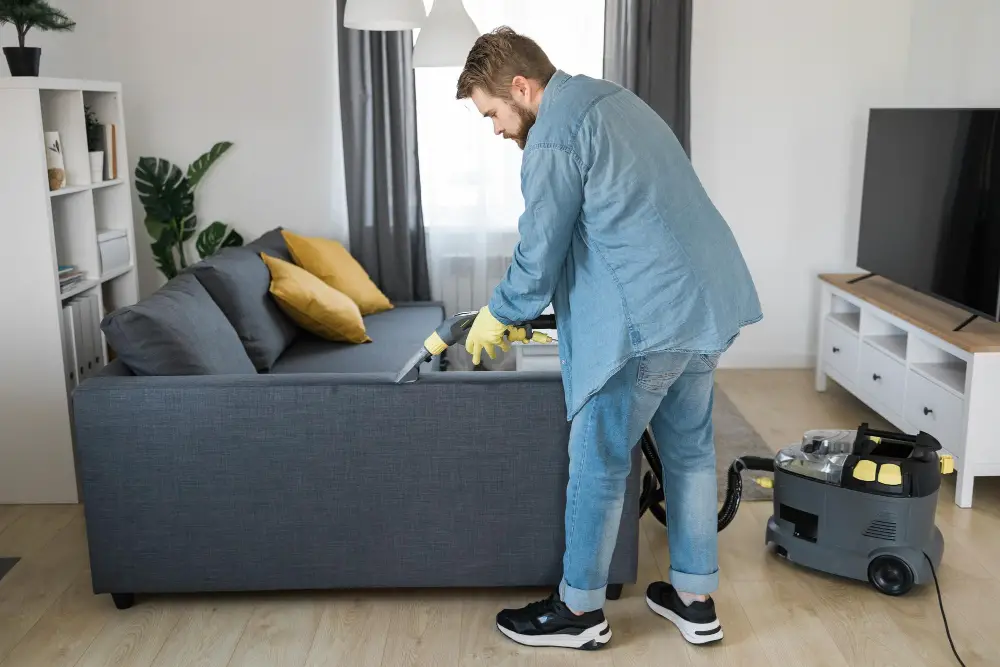
Vacuuming can help remove any adult lice, nymphs, or eggs that may be hiding in the crevices of your furniture. Be sure to use a vacuum with strong suction power and a crevice tool attachment for hard-to-reach areas.
Steaming is another option that can kill both adult lice and their eggs by exposing them to high temperatures. Use a handheld steam cleaner with an upholstery attachment for best results.
It’s important to note that while vacuuming and steaming can be helpful in removing lice from your couch, they should not be relied upon as the sole method of treatment. It’s still recommended to use additional treatments such as chemical or natural remedies along with thorough cleaning practices.
It’s crucial to properly dispose of any materials used during the cleaning process such as vacuum bags or cloths used for wiping down surfaces.
Laundering Couch Covers

This will help kill any lice or nits that may be hiding in the fabric. Be sure to use a high-quality laundry detergent, as well as a hot dryer setting, to ensure that all bugs are eliminated.
If you’re dealing with a severe infestation, it’s recommended that you wash your couch covers multiple times over several days. You can also add essential oils like tea tree oil or lavender oil to your laundry cycle for added insecticidal properties.
It’s important not only to launder the affected areas but also vacuum and steam clean every inch of your furniture thoroughly before putting them back together again. By doing so, you’ll have peace of mind knowing that no trace remains behind after an infestation has occurred.
Natural Lice Treatments
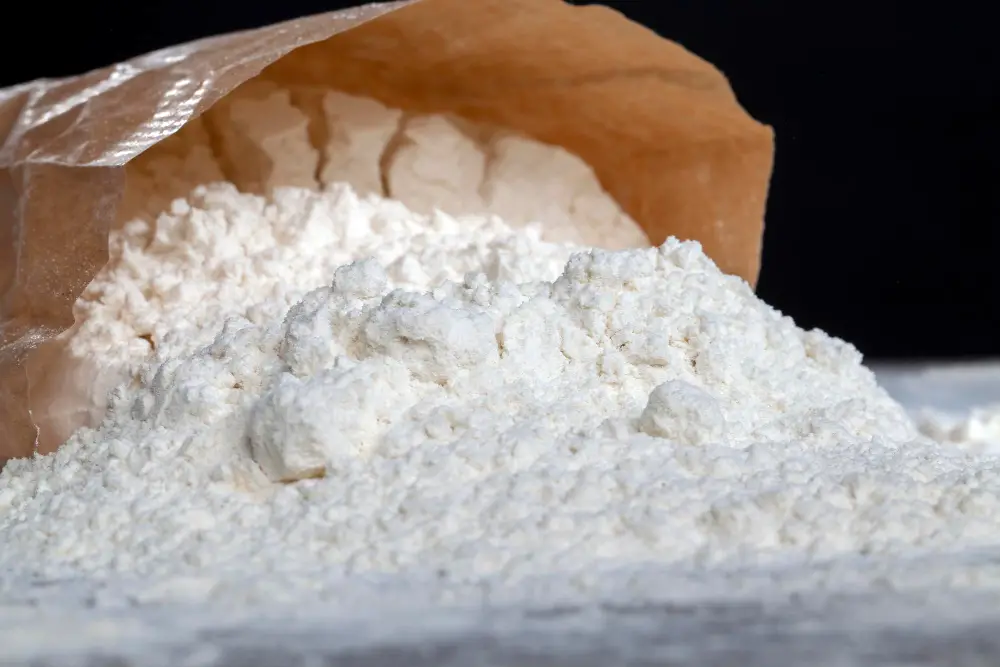
One popular method is using essential oils like tea tree oil or lavender oil, which have been shown to have insecticidal properties that can kill lice and their eggs. Simply mix a few drops of the essential oil with water in a spray bottle and apply it directly onto your couch.
Another effective natural treatment is neem oil, which has been used for centuries as an insecticide. Neem contains compounds that disrupt the growth and reproduction of insects like lice, making it an excellent choice for eliminating them from your furniture.
You can also try using diatomaceous earth (DE), which is made up of tiny fossilized organisms called diatoms. DE works by dehydrating insects like lice when they come into contact with it, causing them to die off naturally over time.
Non-Chemical Lice Removal Techniques
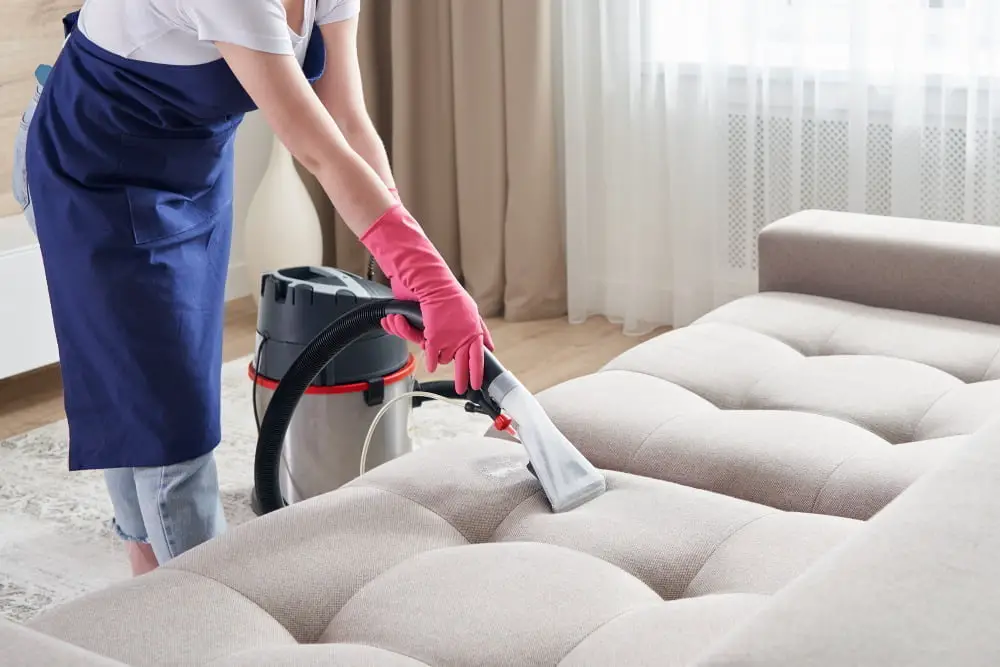
One effective method is to use a lice comb specifically designed for removing nits and lice from hair. You can also use this comb on your couch by running it through the fabric and focusing on areas where lice may be hiding.
Another option is to vacuum your couch thoroughly, paying close attention to crevices and seams where eggs or bugs may be lurking. After vacuuming, steam cleaning can help kill any remaining lice or nits that were missed during the initial cleaning process.
Washing all linens in hot water (at least 130°F) will help eliminate any lingering pests that have made their way onto bedding or cushions.
While these methods may take more time than using chemical treatments, they offer a safer alternative for those who want to avoid harsh chemicals in their home environment.
Chemical Treatments for Lice On Couches
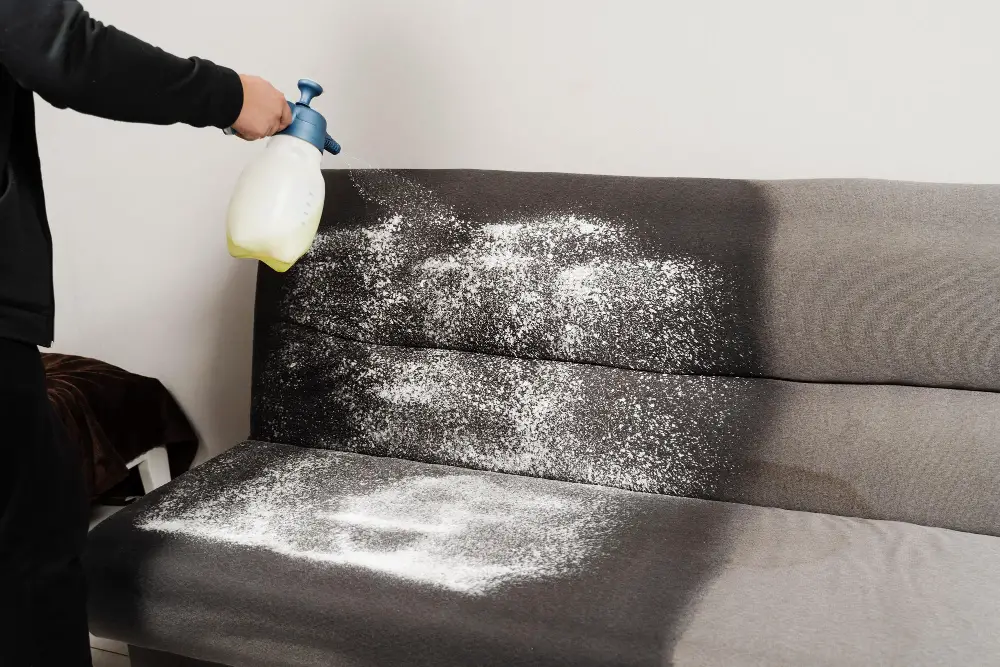
Before using any chemical treatment, read the label carefully and follow all instructions. Some common chemicals used for lice removal include pyrethrin and permethrin-based products.
Pyrethrin is a natural insecticide derived from chrysanthemum flowers that works by attacking the nervous system of insects like lice. Permethrin is a synthetic version of pyrethrum that has been modified for increased effectiveness against lice.
When using these products on your couch, be sure to apply them evenly across all surfaces where you suspect there may be live bugs or nits. Allow the product to sit for at least 10-15 minutes before wiping it away with a damp cloth or vacuuming up any residue.
It’s worth noting that some people may have allergic reactions or other adverse effects from exposure to these chemicals, so always test in an inconspicuous area first before applying more broadly.
When to Call a Professional
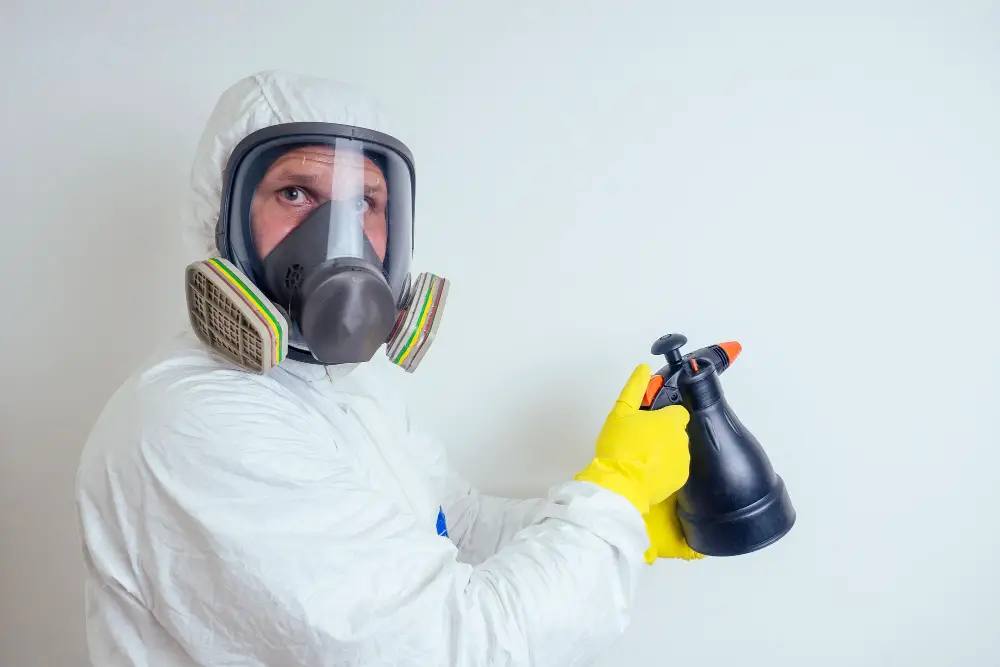
A licensed pest control company or exterminator will have access to stronger chemicals and specialized equipment that can effectively eliminate lice from your furniture. They’ll also be able to provide guidance on how best to prevent future infestations.
It’s important not only for the health of those living in your home but also for peace of mind that you take care of any potential lice problems as soon as possible. Don’t hesitate to reach out for help if needed, especially if you’re dealing with a severe infestation or have young children who are particularly susceptible.
Remember, prevention is key when it comes to keeping lice at bay.
FAQ
Do I need to clean my couch if I have lice?
Although it’s rare for lice infestations to spread through furniture, it’s still a good idea to clean your couch by vacuuming and washing removable items, like pillows and mattress pads, after an infestation.
How do I disinfect my couch from lice?
To disinfect your couch from lice, scrub it using warm wet cloths, hot water, and soap, or use a cleaner like bleach or Lysol for hard or leather surfaces.
Does Lysol kill lice on couch?
Lysol is ineffective at killing lice on couches as its active ingredients are not potent enough to eliminate them completely.
Can head lice live on pillows and sheets?
Head lice cannot live for long on pillows or sheets, but they can crawl onto another human host who comes in contact with the same infested surfaces.
What are effective home remedies for treating lice on furniture?
Effective home remedies for treating lice on furniture include vacuuming, washing any covers, and using natural essential oil sprays with ingredients like tea tree, lavender, and eucalyptus.
How long can nits survive on upholstered surfaces like couches?
Nits can survive on upholstered surfaces like couches for up to 48 hours.
What precautions should be taken when dealing with lice-infested furniture?
When dealing with lice-infested furniture, one should vacuum and wash all fabrics, use a specialized lice spray, and avoid sharing personal items like combs or brushes.




